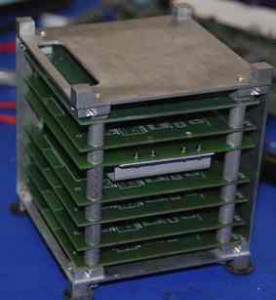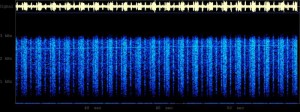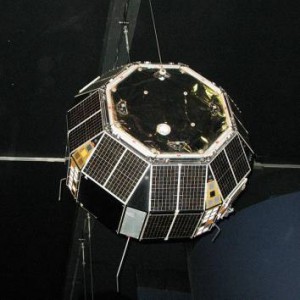 AMSAT submitted a proposal to NASA for their CubeSat Launch Initiative, also known as the ‘Educational Launch of NanoSat’ (ELaNa) program. NASA selects projects that they deem to have merit in support of their strategic and educational goals. Projects that are selected will be able to enter into a collaboration agreement where NASA will cover the integration and launch costs of the satellite.
AMSAT submitted a proposal to NASA for their CubeSat Launch Initiative, also known as the ‘Educational Launch of NanoSat’ (ELaNa) program. NASA selects projects that they deem to have merit in support of their strategic and educational goals. Projects that are selected will be able to enter into a collaboration agreement where NASA will cover the integration and launch costs of the satellite.
AMSAT, working with ARRL, highlighted the educational merit of the project including the incorporation of Fox-1 into the ARRL Teacher Institute seminars. ARRL also provided a letter of support for the project that was a key component of our proposal.
The Clay Center for Science and Technology at the Dexter and Southfield schools in Brookline MA, also provided a letter of support that was an important part of our proposal. The Clay Center noted that they use AMSAT satellites such as ARISSat-1 in their educational activities for K-12 students and that they look forward to making use of Fox-1. The completed proposal, at 159 total pages, required a significant effort that was all done by volunteers. NASA will select from all of the submissions and announce the winning projects by January 30, 2012.
Tony Monteiro, AA2TX
AMSAT Vice-President of Engineering

 OSCAR Number Administrator, Bill Tynan, W3XO reports that he has ad- vised
OSCAR Number Administrator, Bill Tynan, W3XO reports that he has ad- vised The search for the right TLE information has begun. After a launch, it’s always figuring out which objects in celestrak.com/NORAD/elements/tle-new.txt correspond to which satellite.
The search for the right TLE information has begun. After a launch, it’s always figuring out which objects in celestrak.com/NORAD/elements/tle-new.txt correspond to which satellite. This is one of the spectrograms that I have made the last couple of days, but no idea if it is from prospero. We will try again the next couple of days. Downlink frequentie 137.560 MHz and PCM modulated signal.
This is one of the spectrograms that I have made the last couple of days, but no idea if it is from prospero. We will try again the next couple of days. Downlink frequentie 137.560 MHz and PCM modulated signal. A team in the UK are trying to re-contact an old British launched satellite for the anniversary of its launch (28th October 1971). We’ve been given a licence to transmit and will be testing our re-engineered ground-segment in the next fortnight. The passes we are going to concentrate on will be as far out west as possible, as to minimise QRM from Europe.
A team in the UK are trying to re-contact an old British launched satellite for the anniversary of its launch (28th October 1971). We’ve been given a licence to transmit and will be testing our re-engineered ground-segment in the next fortnight. The passes we are going to concentrate on will be as far out west as possible, as to minimise QRM from Europe.